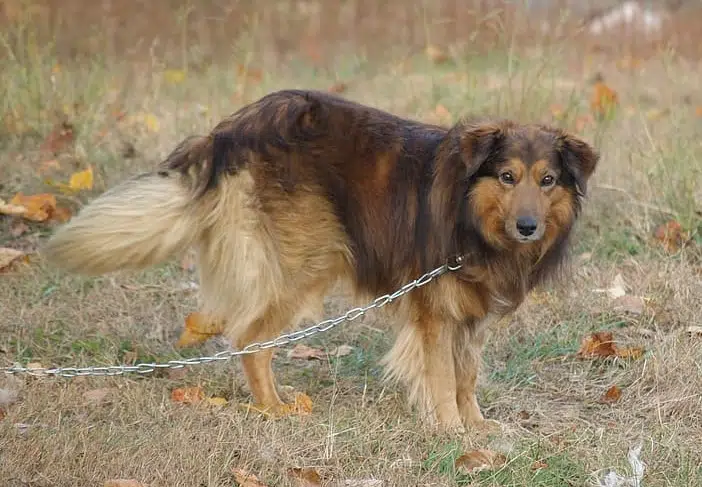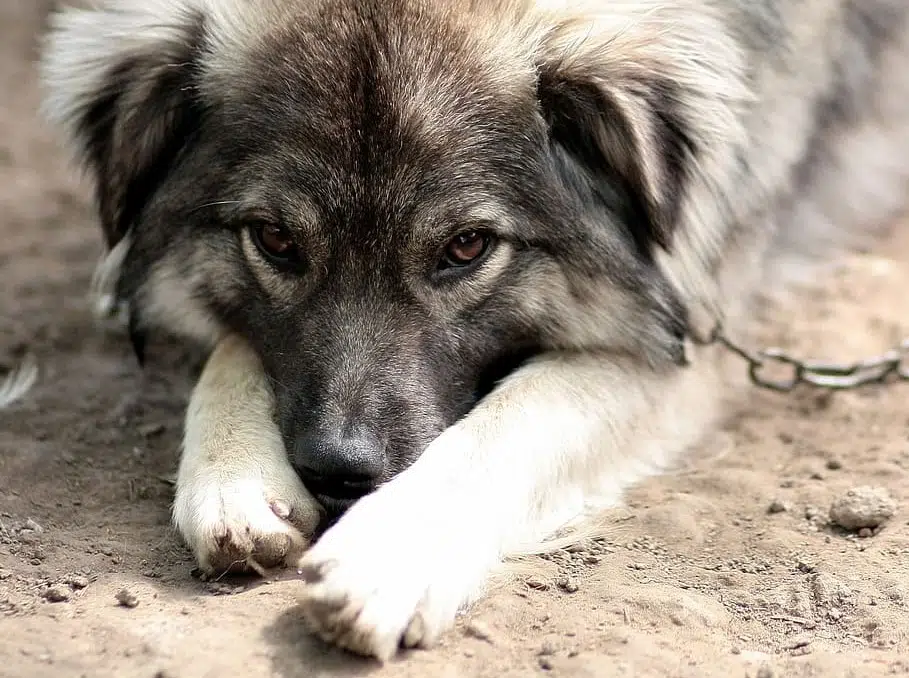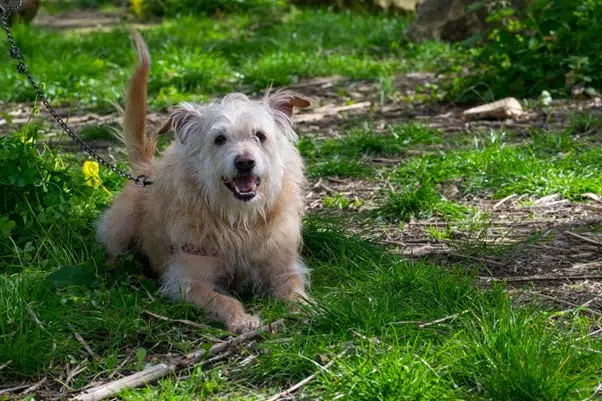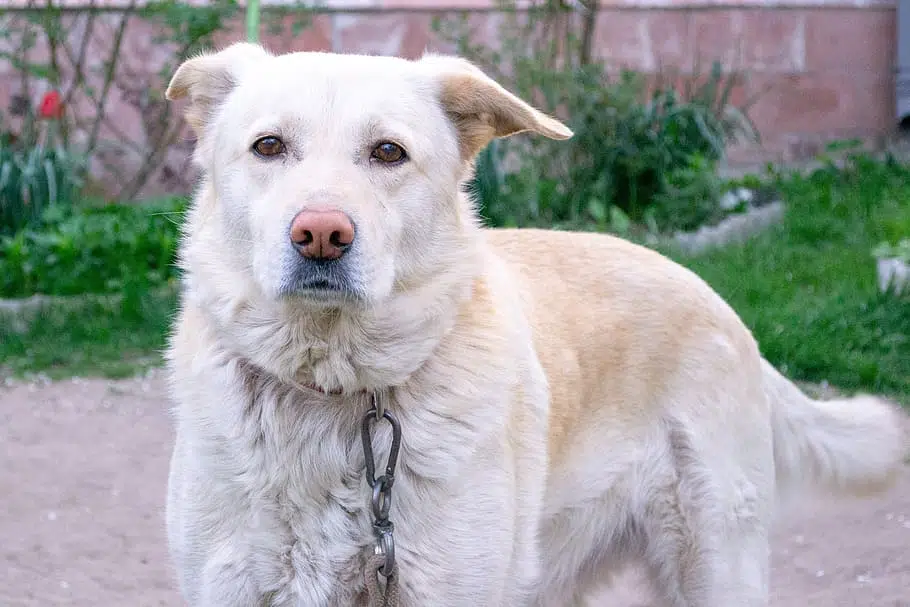Categories
Tags
animal welfare
breed profile
buying a car
buying a pet
Car
car accessories
car care
car features
car insurance
Car safety
car sales
car service
cat
cat behaviour
cat body language
Cat Breeds
cat food
cat insurance
comprehensive car insurance
Dog
Dog Behaviour
dog body language
Dog Breeds
dog food
Dog Insurance
dog training
eco friendly cars
Kitten
New Car
pet accessories
pet activities
Pet Adoption
pet breeders
pet days of the year
pet fun stuff
Pet Health
pet insurance
pet parenting
Pet Safety
pet services
Puppy
rescue pets
road safety
road trip
safe driving
Recent Blog:
Facebook Posts
2 days ago
Growing old sometimes means we can’t take care of pets anymore. Find out some advice on what to do when this happens:![]()
![]() Senior Pet Parents – Contingency Plans for Your Pet – bit.ly/44bzwkS
... See MoreSee Less
Senior Pet Parents – Contingency Plans for Your Pet – bit.ly/44bzwkS
... See MoreSee Less
Senior Pet Parents' Contingency Plans for Pets
www.pd.com.au
Sometimes senior pet parents need more downtime. For older pet owners, this can be tricky to navigate if their dog or cat is full of beans and wants to4 days ago
Before you rev up the engine, let’s run through a checklist of things to do before starting your car. Not only do these steps ensure your safety (and that of others around you), but they also help in maintaining your vehicle's longevity.![]()
![]() Driving Tips: Your Checklist Before Starting Your Car -
... See MoreSee Less
Driving Tips: Your Checklist Before Starting Your Car -
... See MoreSee Less
Driving Tips: Your Checklist Before Starting Your Car
www.pd.com.au
Heading out for a drive? Hold up a second! Whether you're dashing off to work, running errands, or embarking on a road trip adventure, there are a few1 week ago
Are intestinal worms setting up camp in your dog’s gut without paying rent? Here’s how to spot the main culprits and get rid of them too:![]()
![]() Preventing, Identifying and Treating Intestinal Worms in Dogs - bit.ly/43YjCKu
... See MoreSee Less
Preventing, Identifying and Treating Intestinal Worms in Dogs - bit.ly/43YjCKu
... See MoreSee Less
Preventing, Identifying and Treating Intestinal Worms in Dogs
www.pd.com.au
Intestinal worms, such as roundworms in dogs are one of the least glamorous topics on the planet. These intestinal parasites that basically use our dogsDog chaining is often synonymous with animal abuse and neglect. We’ve all seen the photos of abused dogs tied up in a bare yard without shelter. And we’re aware dog chaining in this manner isn’t safe, kind, fair, or acceptable. But is there ever a situation where chaining a dog isn’t cruel?
In this article, we look at the ins and outs of chaining your dog.
When is dog chaining done?
Dog owners all have a duty to control their dogs, ensuring they don’t harm or pose a threat to other people and pets. The best way is to keep them on a secure property they can’t escape from and use dog leashes and leads when out walking.
However, sometimes dogs need to be secured via tethering or chaining. If a responsible pet owner opts for this, the purpose is to keep the dog safe or perhaps to separate an aggressive dog from people (e.g., children) or other dogs in specific situations.
If you elect to occasionally use a dog chain or tether, it needs to be done with careful consideration and constant supervision.

Is dog chaining cruel?
Dogs are pack animals, which means they’re social by nature. It’s completely normal for companion animals to bond with their humans and other dogs. Therefore, it’s their natural tendency to seek company and interaction from their two-legged and four-legged friends.
Depriving a pup of socialisation and companionship by keeping them roped or chained for prolonged periods is cruel. In addition, this practice will lead to behavioural problems. Read about separation anxiety in pets and obsessive compulsive disorder in dogs.
If a dog is chained or tied up, and his basic needs aren’t being fulfilled, cruelty and neglect are at play. These are signs of animal abuse. At the bare minimum, tethered dogs must have access to plenty of water, food, and shelter. They also need to spend plenty of time untethered to support their physical and mental wellbeing.
If they’re tethered to prevent dog bites and dog attacks the owner needs to work with a professional to evaluate and rectify these behaviours.
If a dog owner isn’t able or willing to deal with their dog’s dangerous behaviour and uses dog chaining as a ‘solution’ or punishment, the situation may require the intervention of an animal welfare organisation. They can help rehome a dog in a safe environment so that it can get the care, attention and love it deserves.
Here’s how to report animal abuse appropriately.

Dangers of dog chaining?
Besides social deprivation and isolation, preventing a dog from interacting with other dogs and humans can pose the following dangers:
- A chained dog can fall prey to other predators as there is no way to escape
- The dog has no opportunity to retreat from real and perceived threats, which will cause them to experience fear and potentially increase their aggressive behaviour
- Exposure to adverse weather conditions and extreme temperatures can result in heat exhaustion, hypothermia, stroke, and more
- It prevents the dog from exercising, which will lead to pent up energy also causing further aggression. Dogs who don’t exercise are also in danger of becoming obese, which can lead to diabetes in dogs
- They are at significant risk choking or strangling
If you notice a situation where a dog is chained and you think it may be animal abuse or neglect, call the appropriate authority. Turning a blind eye is only contributing to the situation.
Is it ever safe to chain a dog?
In some circumstances, you may need to use a dog chain for a limited time. For example, if your dog is on holiday with you and you need to secure them temporarily. Or to prevent them from escaping during renovations or a move.
We’d always recommend alternatives like doggy daycare, holiday pet care (read about kennels vs pet sitters), or a dedicated room indoors if this is possible.
However, if you have no other choice and decide to chain your dog, here are some ways to help ensure your dog’s safely:
- A chained dog should be supervised
- Ensure there is nothing within the immediate area that the dog could get caught or hooked on. This could lead to friction wounds, choking, and even suffocation
- The dog chain needs to be long enough to allow the dog plenty of room to walk around, reach his water and food bowls, and sit in the shade
- Give your dog time off the tether for walks and playtime as often as possible (once a day at the very minimum, but ideally much more), and allow as much time off the chain as possible
- Provide your dog with a shelter
- Always make sure there’s enough fresh water and food available
- Give your dog toys to alleviate boredom
- Be sure to heap on the attention and love!
Here are some important guidelines to tethering set out by the Australian Veterinary Association.
And of course, find a better solution as soon as possible. Dog chaining is neither a mid-term nor long-term solution. Rather it’s only something to turn to briefly in a real pinch.

Dog insurance for a soft landing
As a great pet parent, you’re always focused on protecting your pet from abuse and other dangers. Why not consider protecting their health with dog insurance? You can get cover for accidents, illness, third party liability, medication, vet tests and more…
Share On:




